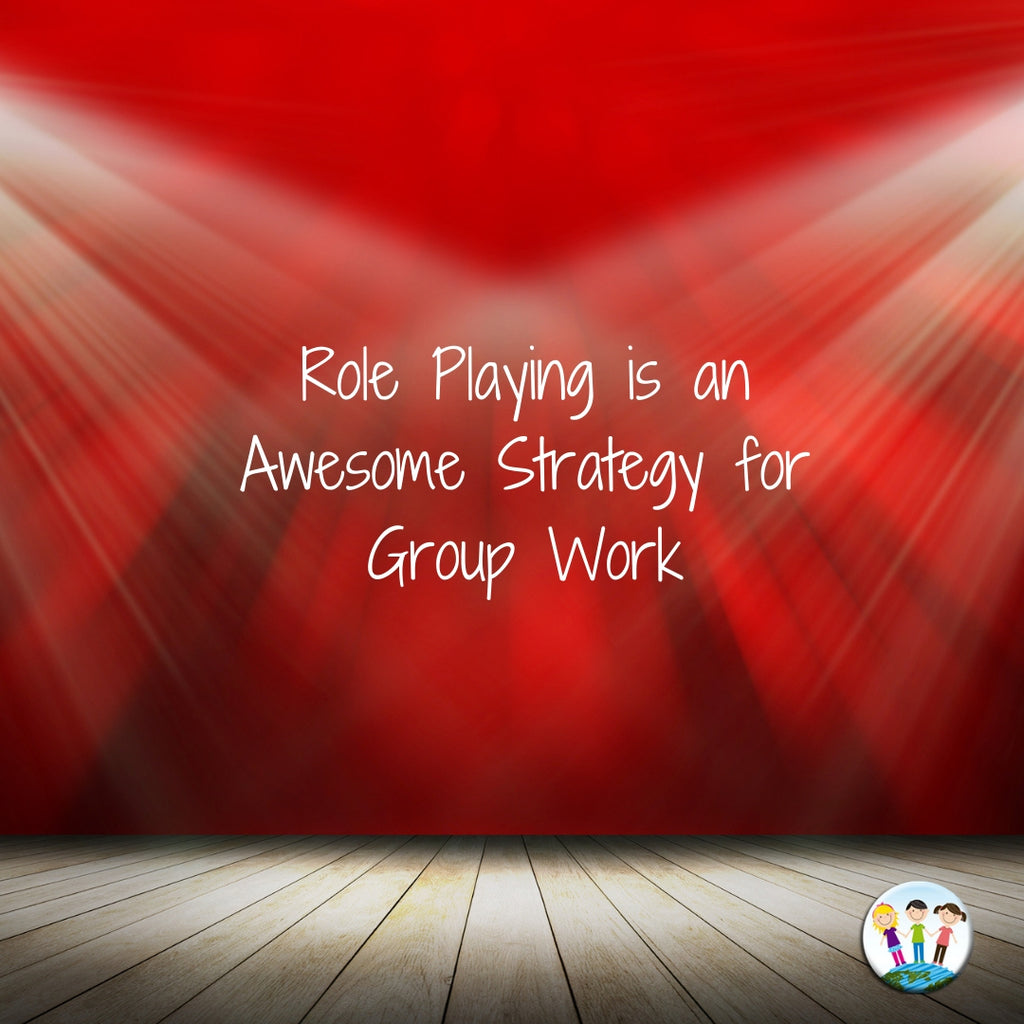Tax included. Shipping calculated at checkout.
News

What's the Deal with Differentiated Instruction?
Jan 18, 2023
As a teacher, you know that there are many different ways to teach your students. It’s important that you are flexible as a teacher to different strategies that can help make learning easier and more fun for your students. Because students learn in different ways, you need to remain in tune to what your students are feeling and what concepts exist to make it easier...

Role Playing is an Awesome Strategy for Group Work
Jan 17, 2019
Group work is been proven to improve student retention and enhance student learning. In fact, our whole culture is based on team work and working together to solve problems. It makes sense that when people work together (more brainpower) they come up with more ideas, suggestions, and solutions to a problem. But the question remains how do we get children to work together effectively? How...
